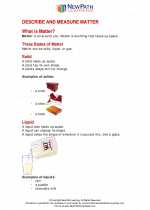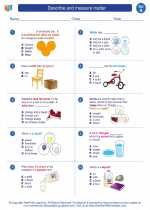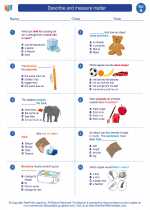Gallbladder
The gallbladder is a small, pear-shaped organ located beneath the liver on the right side of the abdomen. Its primary function is to store and concentrate bile, a digestive fluid produced by the liver. When we consume fatty foods, the gallbladder contracts and releases bile into the small intestine to aid in the digestion and absorption of fats. Bile also helps in the elimination of waste products from the body.
Anatomy of the Gallbladder
The gallbladder is divided into three main parts: the fundus, body, and neck. It has a capacity of approximately 50 milliliters and is lined with a mucous membrane that helps in the absorption of fluids and electrolytes from bile. The gallbladder is connected to the liver and the small intestine through a series of ducts, including the cystic duct and the common bile duct.
Functions of the Gallbladder
The primary function of the gallbladder is to store and concentrate bile produced by the liver. When we consume fatty foods, the gallbladder contracts and releases bile into the small intestine to aid in the digestion and absorption of fats. Bile also helps in the elimination of waste products from the body.
Study Guide
.◂Science Worksheets and Study Guides First Grade. Describe and measure matter

 Worksheet/Answer key
Worksheet/Answer key
 Worksheet/Answer key
Worksheet/Answer key
 Worksheet/Answer key
Worksheet/Answer key
 Vocabulary/Answer key
Vocabulary/Answer key
 Vocabulary/Answer key
Vocabulary/Answer key
